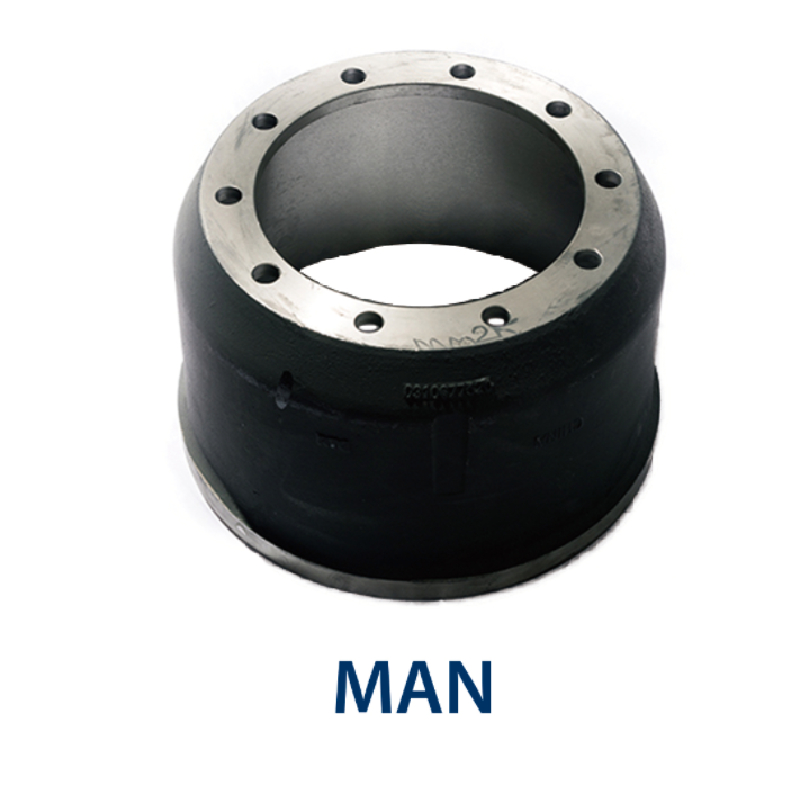Aug . 11, 2024 06:34 Back to list
Achieving Optimal Brake Drum Balance for Enhanced Vehicle Performance and Safety Features
Understanding Brake Drum Balancing A Key to Safe and Efficient Vehicle Performance
Braking systems are a crucial component of vehicle safety, and their efficiency depends significantly on the proper functioning of various parts, including the brake drum. Brake drum balancing plays a vital role in ensuring that vehicles stop effectively and safely. When a brake drum is imbalanced, it can lead to various performance issues, increased wear and tear, and even safety hazards. This article will delve into the importance of brake drum balancing, its implications, and how to maintain it for optimal vehicle performance.
What is Brake Drum Balancing?
Brake drum balancing refers to the process of ensuring that the weight distribution across the brake drum is uniform. An imbalanced drum can lead to uneven wear on brake linings, vibrations during braking, and can compromise the overall performance of the braking system. Typically, brake drums are made from materials like cast iron or aluminum, which can be prone to deformation over time due to excessive heat or mechanical stress. Measuring the balance of a brake drum ensures that it rotates uniformly, contributing to smoother braking actions.
Why is Brake Drum Balancing Important?
1. Safety The primary purpose of a brake system is to stop the vehicle safely. If the brake drum is not properly balanced, it can lead to vibrations that affect the driver's control over the vehicle. This instability can be particularly dangerous during emergency braking situations.
2. Enhanced Performance A balanced brake drum allows for even contact between the drum and the brake shoes, resulting in more efficient braking. This leads to reduced stopping distances and a more responsive braking system.
3. Extended Component Life When brake drums are correctly balanced, it minimizes wear on brake components. This not only prolongs the life of the brake drum itself but also helps to preserve the integrity of related parts, such as the brake shoes and hydraulic system.
4. Cost-Effectiveness Regular maintenance, including brake drum balancing, can prevent more significant problems down the road. Addressing imbalances early on can save vehicle owners from costly repairs or replacements, ensuring that braking systems remain reliable throughout the lifespan of the vehicle.
brake drum balancing

How to Achieve Proper Brake Drum Balancing
Achieving proper brake drum balancing involves regular maintenance and inspection. Here are some key steps
1. Regular Inspections Have your brake system inspected regularly by a qualified mechanic. Routine checks can identify signs of wear or imbalance early on, preventing potential issues.
2. Resurfacing Drums If the drum shows signs of wear or warping, resurfacing may be required. This process involves removing a small amount of material to restore the drum to its original shape.
3. Replacing Imbalanced Drums If a drum is significantly imbalanced or damaged, it may need to be replaced. Using high-quality replacement drums designed to specifications can mitigate future balancing issues.
4. Professional Balancing Services Some workshops offer specialized balancing services. Utilizing these can ensure that the drum is balanced to a high precision.
Conclusion
Brake drum balancing is an essential aspect of vehicle maintenance that should not be overlooked. A well-balanced brake drum contributes significantly to safe driving, enhanced performance, and reduced maintenance costs. By committing to regular inspections and proper care, vehicle owners can ensure their braking systems function optimally and provide peace of mind on the road. In a world where driving safety is paramount, maintaining balanced brake drums is a simple yet effective way to enhance vehicle reliability and performance.
-
Scania Brake Drums: OEM Quality for Optimal Safety & Durability
NewsAug.16,2025
-
R.V.I: Advanced Remote Visual Inspection for Precision
NewsAug.15,2025
-
Discover HYUNDA: Innovative Vehicles, Equipment & Solutions
NewsAug.14,2025
-
R.V.I: Unlock Advanced Insights & Real-time Performance
NewsAug.13,2025
-
Kamaz Brake Drum: Durable & Reliable for Heavy Duty Trucks
NewsAug.12,2025
-
Heavy Duty Iveco Brake Drum - Premium Quality & Safety
NewsAug.11,2025
